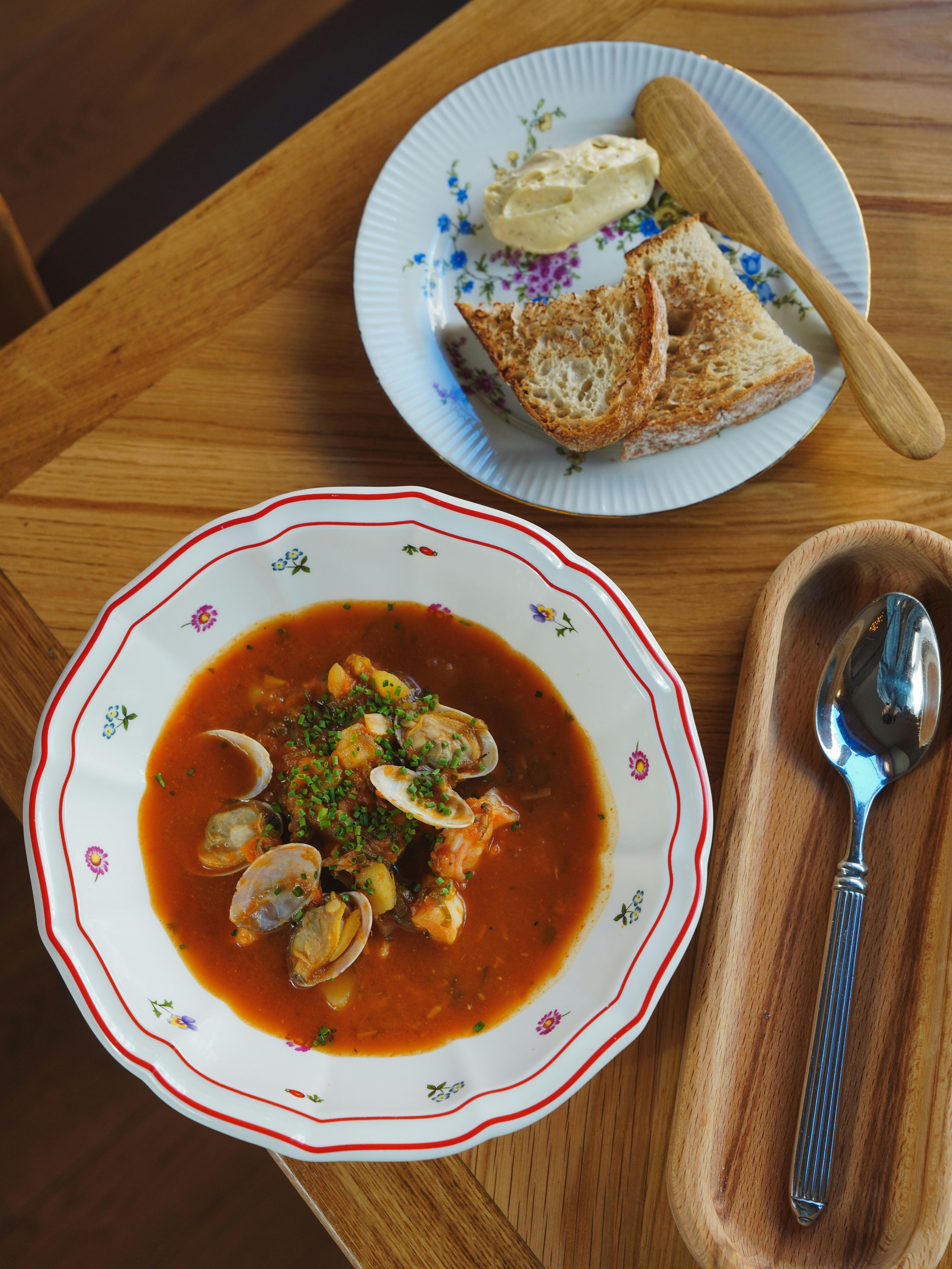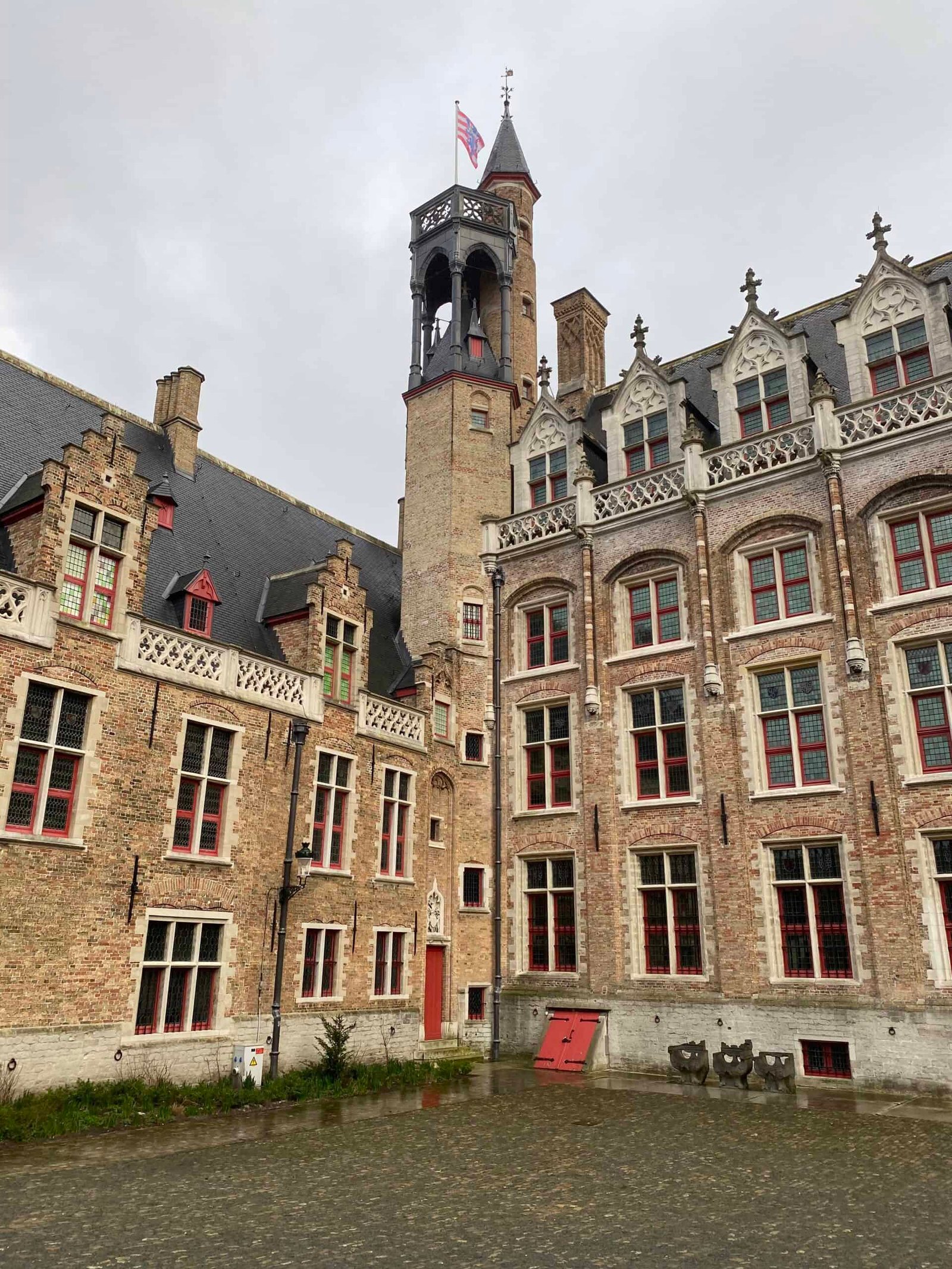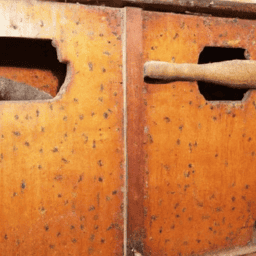Step into the rich history of Cork’s butter exchange at the Cork Butter Museum. This captivating museum takes visitors on a journey through the internationally important butter trade in nineteenth century Cork, showcasing the traditional craft of home butter making and the modern success of the beloved Kerrygold brand. Explore the bustling streets filled with horse-drawn carts, witness the trading of salted butter in wooden caskets, and discover the fascinating stories behind Cork’s wealth and prosperity. Today, the former market has been transformed into an arts and performance center, known as the Firkin Crane Building. Immerse yourself in Cork’s butter exchange history and experience the magic of this unique museum.
Overview of the Cork Butter Museum
The Cork Butter Museum is located in the Shandon area of Cork city and holds great significance in the city’s history. The museum showcases the internationally important Butter Exchange that existed in nineteenth century Cork, the traditional craft of home butter making, and the modern success of the Kerrygold brand.
Location details
The Cork Butter Museum can be found in the Shandon area of Cork city, making it easily accessible for both locals and tourists. Its location in this historic part of the city adds to its charm and allure.
Significance in Cork city
The Cork Butter Museum is a testament to the rich cultural and historical heritage of Cork city. It tells the story of the Butter Exchange, which played a vital role in the city’s economy and brought great wealth to Cork. The museum also highlights the traditional craft of home butter making and its influence on modern dairy practices.
Current use of the building
The Cork Butter Museum is housed in the Firkin Crane Building, a circular structure that has been beautifully restored and transformed into an arts and performance center. The building now serves as a hub for artistic and cultural activities, contributing to the vibrant arts scene in Cork.
History of Cork Butter Market
The Cork Butter Market was established in 1770 and remained a hub for butter trading for 150 years. During this time, it brought immense wealth to Cork and played a significant role in the city’s economy.
Establishment in 1770
In 1770, the Cork Butter Market was opened, marking the beginning of a thriving butter trading industry in Cork. The market quickly became an important center for this trade, attracting both local and international buyers and sellers.
Butter trading activities for 150 years
For 150 years, the Cork Butter Market buzzed with activity, with its gates opening at 6.00 am every weekday morning. The streets around the market were filled with horse-drawn carts transporting butter to and from the market. These carts would travel from all over the region, bringing their precious cargo to be traded at the market.
The wealth brought to Cork through butter trade
The butter trade brought immense wealth to Cork, firmly establishing it as a key player in the global trading market. The success of the Cork Butter Market contributed to the growth and development of the city, shaping its cultural and economic landscape.

Roles of the Butter Exchange in the 19th Century
The Butter Exchange in Cork played crucial roles both in international trading and in contributing to the local and national economy. However, the Exchange also experienced changing fortunes and eventually declined.
Importance in international trading
The Butter Exchange in Cork held significant importance in international trading during the 19th century. Butter from Cork was highly sought after in various parts of the world, and the Exchange facilitated its distribution and export.
Contribution to local and national economy
The Cork Butter Exchange made significant contributions to the local and national economy. Through the trading activities that took place within its walls, jobs were created, and money flowed into the city. The Exchange played a vital role in supporting the growth and prosperity of Cork.
Changing fortunes and decline of the Exchange
Despite its initial success, the Cork Butter Exchange faced challenges and eventually declined. Changes in the global economy and shifts in trading practices led to a decrease in demand for butter from Cork. The Exchange struggled to adapt to these changes and eventually closed its doors.
Operation of the Butter Market
The Cork Butter Market operated with specific opening hours, providing traders and customers with a specific timeframe to conduct their transactions.
Opening hours of the market
The Cork Butter Market opened its gates at 6.00 am every weekday morning. This early opening time allowed for the bustling activity of traders bringing their butter to the market before the day got fully underway.
Butter transportation to and from the market
Butter was transported to and from the Cork Butter Market using various means of transportation. Horse-drawn carts were a common mode of transportation, with local farmers and merchants using them to transport their butter to the market.
Use of ‘firkins’ for butter storage and transport
To store and transport butter, wooden caskets called “firkins” were used. These firkins were made from materials like oak, sycamore, or other high-quality hardwoods. Cork-made firkins were particularly renowned for their quality and were mandatory for butter destined for tropical regions.

The Role of Dairy in Cork’s Food History
Dairy has played a significant role in Cork’s food history, shaping both traditional and modern practices. The Cork Butter Museum explores the influence of dairy on the region’s cuisine and how it has influenced modern farming practices.
Traditional craft of home butter making
Home butter making was a traditional craft in Cork, with families and communities engaging in the process of churning butter from fresh milk. The museum showcases the tools and techniques used in this process, highlighting an essential part of Cork’s food history.
Influence on modern dairy practices
The traditional craft of home butter making has had a lasting impact on modern dairy practices in Cork and beyond. The techniques and knowledge passed down through generations have contributed to the development of innovative dairy farming methods and the production of high-quality dairy products.
Impact of dairy on the region’s cuisine
Dairy has had a profound impact on the cuisine of Cork and the surrounding region. From rich butter to creamy cheeses, Cork’s dairy products are renowned for their quality and flavor. Visitors to the Cork Butter Museum can explore the connection between dairy and local cuisine, learning about the culinary traditions that have emerged from the region’s dairy heritage.
Success story of the Kerrygold Brand
The Cork Butter Museum also celebrates the success story of the Kerrygold brand, which has become synonymous with Ireland’s dairy industry. The brand has deep roots in the Cork Butter Market and has gained immense popularity both domestically and internationally.
Founding of Kerrygold
Kerrygold was founded in the 1960s and quickly became a household name in butter and dairy products. The brand’s commitment to quality and its connection to traditional dairy practices have contributed to its success.
Popularity and distribution of the brand
Kerrygold butter and dairy products have gained a loyal following both in Ireland and in markets worldwide. The brand has successfully expanded its distribution channels and is now readily available in grocery stores across the globe.
Kerrygold’s connection to the Cork Butter Market
The Cork Butter Market played a significant role in the early success of the Kerrygold brand. The market acted as a platform for the brand’s products to be traded and showcased, allowing Kerrygold to gain recognition and expand its reach.

The Firkin Crane Building
The Firkin Crane Building is the historic structure that houses the Cork Butter Museum. Over time, it has undergone preservation and restoration efforts, ensuring its long-term survival and cultural significance.
Preservation and restoration actions
The preservation and restoration of the Firkin Crane Building have been essential to maintaining its historical and architectural integrity. These actions have ensured that future generations can appreciate its unique beauty and learn about Cork’s butter trading history.
Current function – as an arts and performance center
Today, the Firkin Crane Building has been repurposed as an arts and performance center. The circular building provides a unique and atmospheric setting for various artistic expressions, hosting performances, workshops, and exhibitions.
Significance of the name – ‘Firkin Crane Building’
The name “Firkin Crane Building” comes from the wooden caskets called “firkins” that were used to transport butter. The crane refers to the hoisting mechanism that was used to lift and move these firkins within the building. This historical reference adds to the building’s rich heritage and ties it directly to the butter trade.
The Butter Roads
The Butter Roads were a network of routes used for transporting butter from West Cork and Kerry to the Cork Butter Market. These roads played a vital role in facilitating the butter trade and influencing trade routes and local transportation.
Background and significance of butter-roads
The Butter Roads were established specifically for the transportation of butter, showcasing the importance of this trade in Cork’s economy. These roads connected rural areas with the Cork Butter Market, allowing farmers and merchants to bring their butter for trade.
Transportation of butter – from West Cork and Kerry
The Butter Roads were primarily used to transport butter from West Cork and Kerry to the Cork Butter Market. The roads provided a reliable and efficient way for farmers and merchants to bring their butter to market and take advantage of the trading opportunities available.
Influence on trade routes and local transportation
The existence of the Butter Roads had a significant impact on trade routes and local transportation in the region. They facilitated the movement of goods and people, shaping the development and prosperity of the surrounding areas.
Visitor Experience at the Cork Butter Museum
Visitors to the Cork Butter Museum can expect a comprehensive and engaging experience. The museum’s convenient location, transportation options, and proximity to other attractions make it easily accessible and an ideal addition to any itinerary.
Bus and taxi services to the museum
Bus and taxi services are readily available to transport visitors to the Cork Butter Museum. The convenience of these services ensures that visitors can reach the museum without any hassle and enjoy their experience.
Nearby attractions – St Anne’s Shandon, the North Cathedral
The Cork Butter Museum is located in the vicinity of other notable attractions, such as St Anne’s Shandon and the North Cathedral. Visitors can easily explore these nearby landmarks, immersing themselves in the rich history and culture of Cork City.
Feedback and experiences from previous visitors
The Cork Butter Museum has received positive feedback and garnered praise from previous visitors. Many appreciate the museum’s well-curated exhibits, informative displays, and friendly staff. Visitors leave with a deeper understanding and appreciation of Cork’s butter trading history.
Tourism Impact of the Cork Butter Museum
The Cork Butter Museum plays a crucial role in promoting tourism in Cork. It offers visitors a glimpse into the city’s rich cultural heritage and contributes to its overall appeal as a tourist destination.
Role in promoting Cork tourism
The Cork Butter Museum serves as a unique attraction that showcases Cork’s cultural and historical identity. Its inclusion on tourism itineraries adds value and draws visitors to the city, enhancing the overall tourism experience.
Importance to Cork’s cultural and historical identity
The Cork Butter Museum is an integral part of Cork’s cultural and historical identity. It showcases the city’s past, celebrates its achievements, and fosters a sense of pride among locals.
Economic benefits from visitor spending and local tourism
The Cork Butter Museum contributes to the local economy through visitor spending and the growth of local tourism. The museum attracts visitors from near and far, who spend money on accommodations, dining, and various activities, thus stimulating the local economy.






